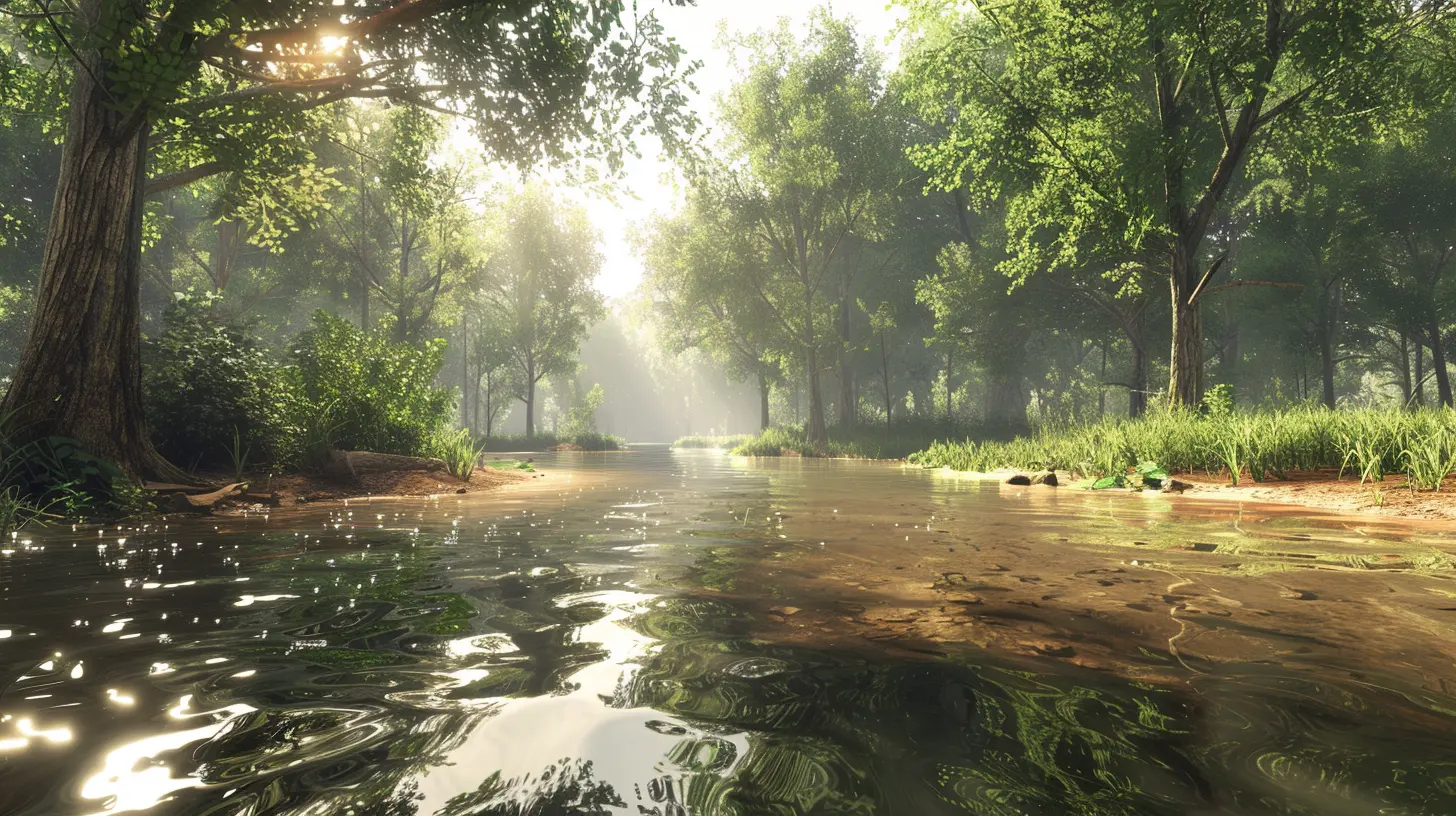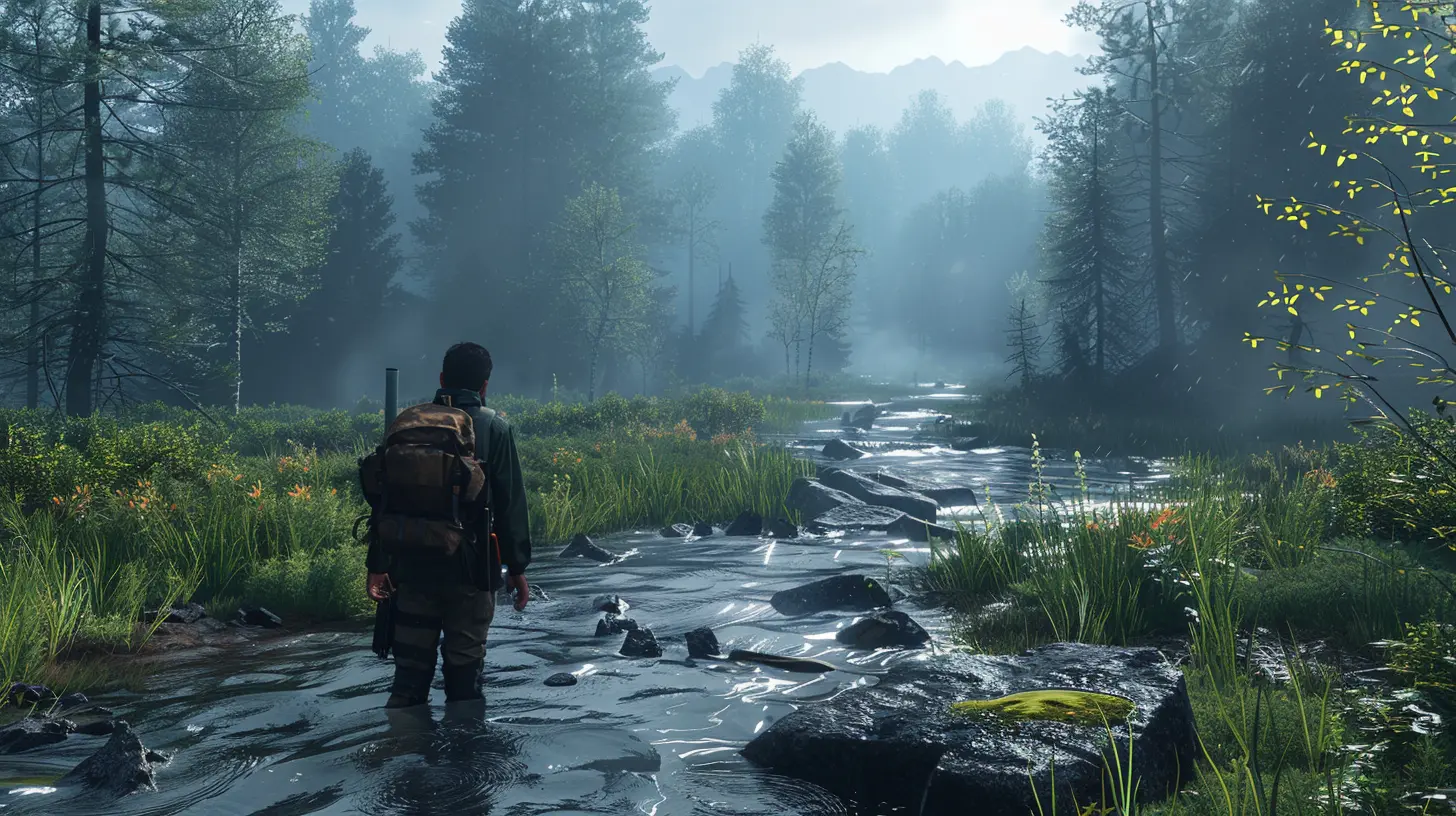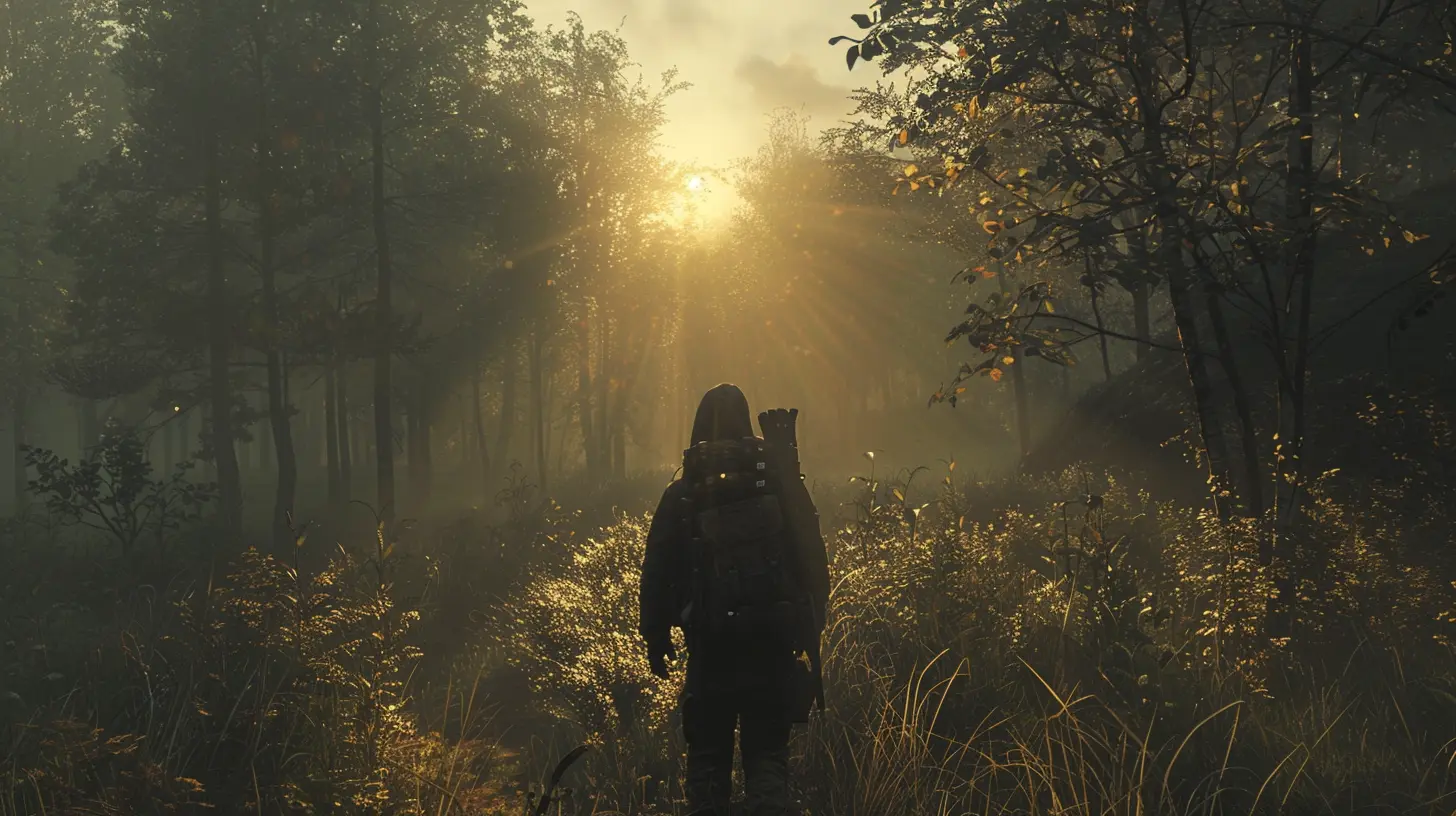Enhancing Realism: Survival Games Using Advanced AI Systems
4 October 2025
Let’s face it—survival games have come a long way. A decade ago, "realism" in survival games meant making sure you didn’t starve or freeze to death while fighting off a blocky zombie. Fast forward to today, and we’re talking about survival games that tap into advanced artificial intelligence (AI) to create worlds so immersive, they blur the line between simulation and reality. Pretty wild, right?
In this article, we’re diving into how advanced AI systems are transforming the survival gaming genre. Whether you’re a hardcore survivalist or just a casual gamer who enjoys dodging disasters on a virtual island, you’re going to love learning how AI is shaking things up.

Why AI Matters in Survival Games
First things first, let’s talk about the big question: Why is AI such a game-changer for survival games? Sure, survival games are already fun—crafting tools, foraging for food, and avoiding everything that wants to kill you never gets old. But we can all agree that some things feel... predictable. Animals move on pre-programmed paths. NPCs (Non-Playable Characters) repeat the same old dialogue. Enemies? You know exactly how they’ll react after the first encounter.Now imagine a game where every animal, NPC, or enemy feels alive. Imagine hunting a deer that doesn’t just wander aimlessly but actually behaves like a real animal—sniffing the wind for danger, responding to subtle sounds you make, and learning from past encounters. That’s what advanced AI brings to the table. It’s not just about adding more polygons or better graphics—it’s about making the game world feel organic, unpredictable, and real.
Breaking Free from Scripted Worlds
If you’ve ever played survival games like The Forest or Green Hell, you’ve probably noticed how scripted some events feel. Sure, they throw in some jump scares or well-timed enemy raids, but replay the game, and you’ll notice the patterns.AI systems are breaking us free from these scripted worlds. Instead of pre-programmed events, advanced AI adapts to how you play. For example, if you always raid small villages for supplies in a survival game, the NPCs in that area might start setting traps for you or relocating their storage. Enemies might patrol in larger groups or even lure you into an ambush.
It’s like playing chess with an opponent who learns from your every move, instead of just playing by the book. Keeps you on your toes, doesn’t it?

The Role of Machine Learning in Survival Games
Alright, let’s get a bit nerdy here. A lot of the advancements in AI for survival games come from machine learning. If you’re not familiar, machine learning is basically a way for AI to learn patterns from data—and then use that knowledge to make decisions.In survival games, this means NPCs or animals don’t just react based on pre-written rules. Instead, they “learn” from your behavior and adapt. For example, if you constantly hunt animals in a certain area, predators might start moving in because their food sources (the prey animals) are dwindling. Or maybe the prey animals become more alert and harder to catch. It’s like nature’s version of karma coming back to haunt you!
Machine learning also allows NPCs to build relationships with you. Befriend a villager in your game, and they might help you later on—but betray them, and they’ll hold a grudge. These dynamic relationships add layers of complexity and keep you emotionally invested.
AI-Powered Ecosystems
One of the coolest uses of advanced AI in survival games is in creating living ecosystems. Take a game like Subnautica, for example. Imagine if every creature in the game was part of a dynamic food chain powered by AI. Predators hunt prey, prey graze, and everything reacts to environmental changes (like you polluting the water or overfishing an area).This kind of AI-powered ecosystem doesn’t just make the world feel alive—it forces you to think about your actions. Overhunt in one area, and you might cause a predator species to starve, leading to other unintended consequences. It’s survival of the fittest, and you’re part of the equation.

Human-Like NPCs: The Holy Grail of AI
Let’s be honest—NPCs in survival games are often a weak link. They either feel like lifeless vending machines that sell you items or mindless enemies who charge straight at you with no sense of self-preservation.But advanced AI is flipping the script. Developers are now using natural language processing (NLP) and behavior trees to create NPCs that act, and even think, more like humans.
For instance, NPCs might analyze your past actions before deciding how to interact with you. Help a group of survivors, and they might offer you shelter. Double-cross them, and they could become vengeful enemies—or worse, spread rumors to other NPCs about your betrayal.
Remember those awkward conversations with NPCs where you had to choose between a few stiff dialogue options? More advanced AI could replace that with dynamic conversations. Imagine being able to negotiate a truce during a random enemy encounter, just by typing or choosing what to say—and having the NPC respond intelligently. That’s next-level immersion.

Procedural Storytelling with AI
Storytelling in survival games has always been a bit tricky. Most games rely on pre-written storylines with set missions and objectives. That’s fine, but what if the story adapted to you?AI-driven procedural storytelling does exactly that. Instead of sticking to a pre-set script, the game’s narrative evolves based on your in-game choices. Every playthrough is different because the AI generates unique storylines, tailored to what you’ve done.
For example, in a survival game with procedural storytelling, you might accidentally spark a war between two factions by stealing supplies from one group and blaming the other. The AI reacts to this, creating new missions and challenges that wouldn’t exist if you hadn’t made that decision.
It’s like being the star of your own reality TV show—except with fewer rose ceremonies and more life-or-death scenarios.
Challenges of Using Advanced AI in Survival Games
Of course, it’s not all sunshine and perfectly-behaved NPCs. Implementing advanced AI in survival games comes with its challenges. For starters, AI systems can be incredibly resource-intensive. Not every gamer has a high-end PC or next-gen console, so developers have to strike a balance between complexity and accessibility.There’s also the risk of making AI too smart. If enemies learn and adapt too effectively, they could make the game frustratingly hard. Imagine an enemy base that constantly upgrades its defenses because you keep raiding it. At some point, it’s game over for you.
And let’s not forget about bugs. Advanced AI systems are complex, and when they go wrong, things can get weird fast. Ever been ambushed by an NPC who somehow knew exactly where you were, even though you were hiding in a cave halfway across the map? Yeah, nobody wants that.
The Future of AI in Survival Games
So, where do we go from here? With the rapid pace of AI development, the possibilities are practically endless. Future survival games could feature fully autonomous NPCs, ecosystems that evolve over months of gameplay, and stories that feel like they were handcrafted just for you.Virtual reality (VR) might take this a step further. Imagine being dropped into a hyper-realistic survival game where the AI feels so alive, you almost forget it’s not real. Think of it as The Hunger Games, but without the actual danger (or creepy Capitol fashion).
As AI continues to improve, survival games are only going to get more immersive, challenging, and, frankly, jaw-dropping. And honestly? I can’t wait to see where it goes.
all images in this post were generated using AI tools
Category:
Survival GamesAuthor:

Tina Fisher
Discussion
rate this article
1 comments
Geneva McConkey
Advanced AI in survival games is a game-changer! It transforms NPCs from mere obstacles into unpredictable threats, breathing life into every encounter. Finally, players must outsmart not just the environment, but the very intelligence lurking within it!
October 4, 2025 at 2:44 AM


